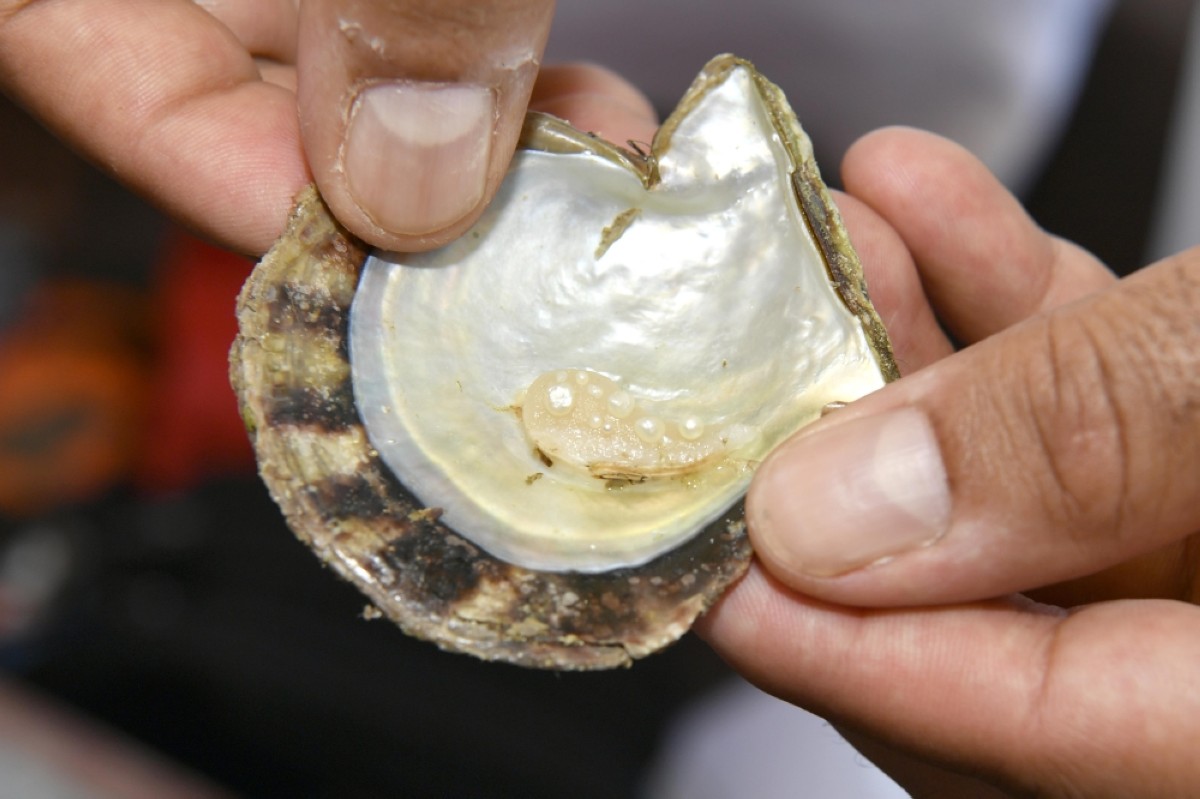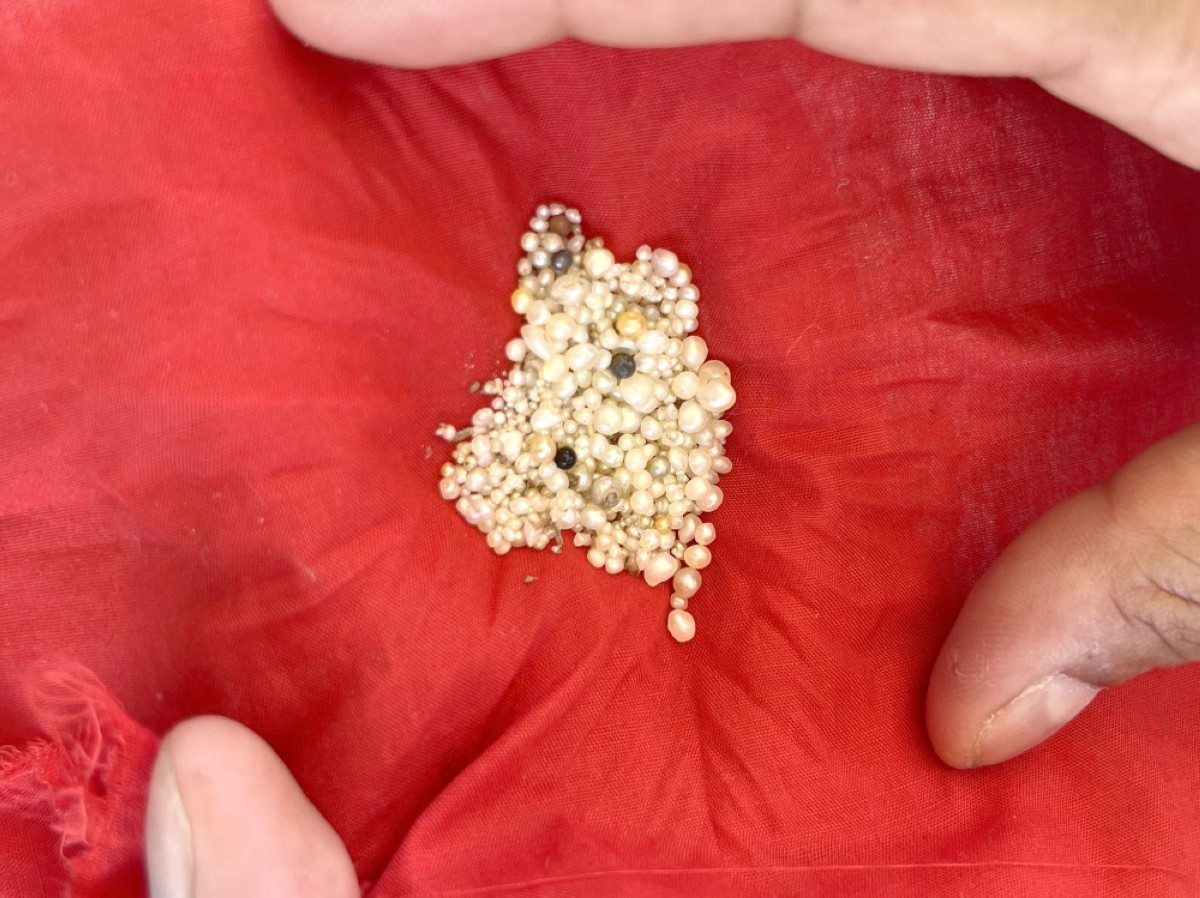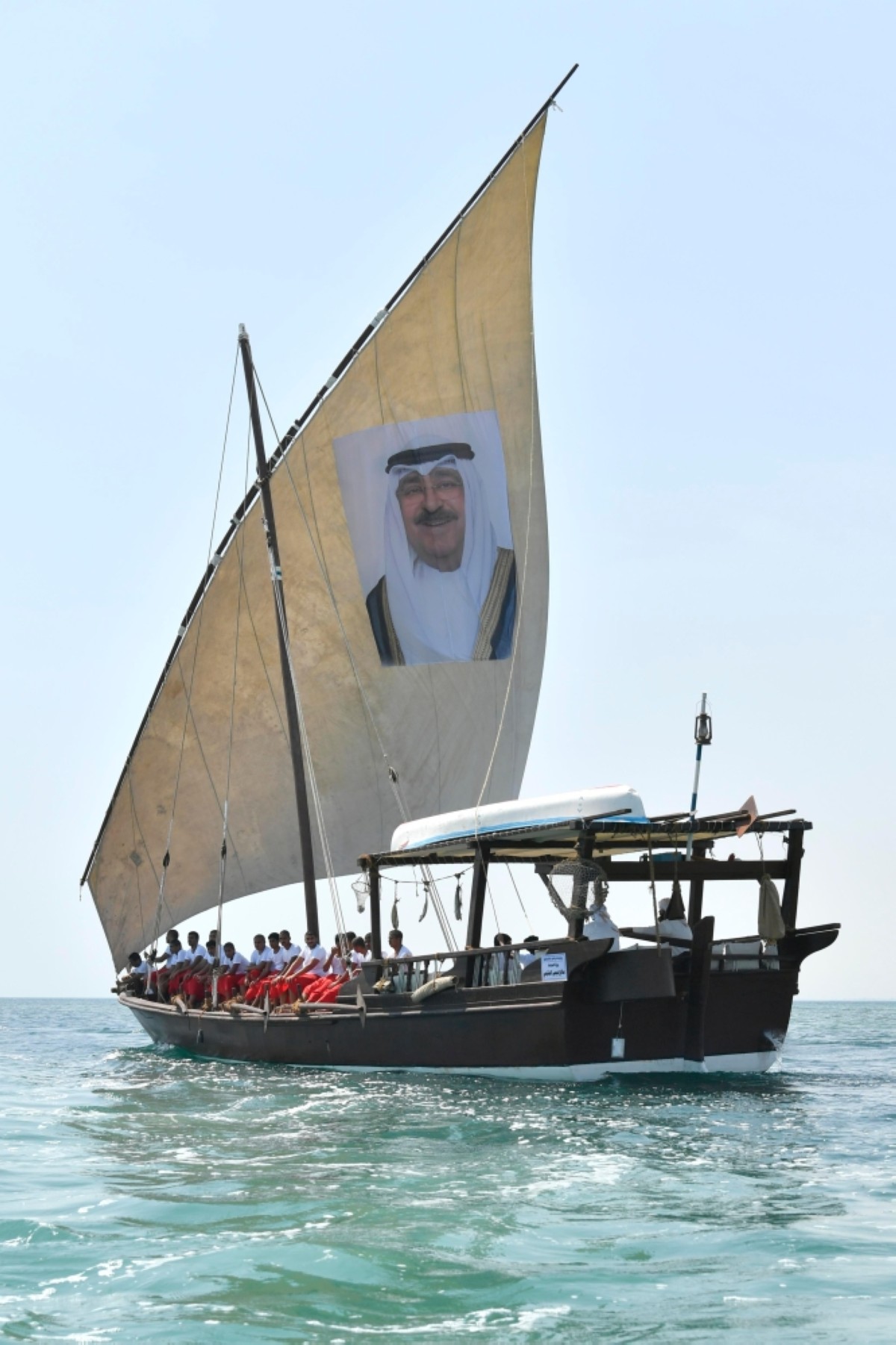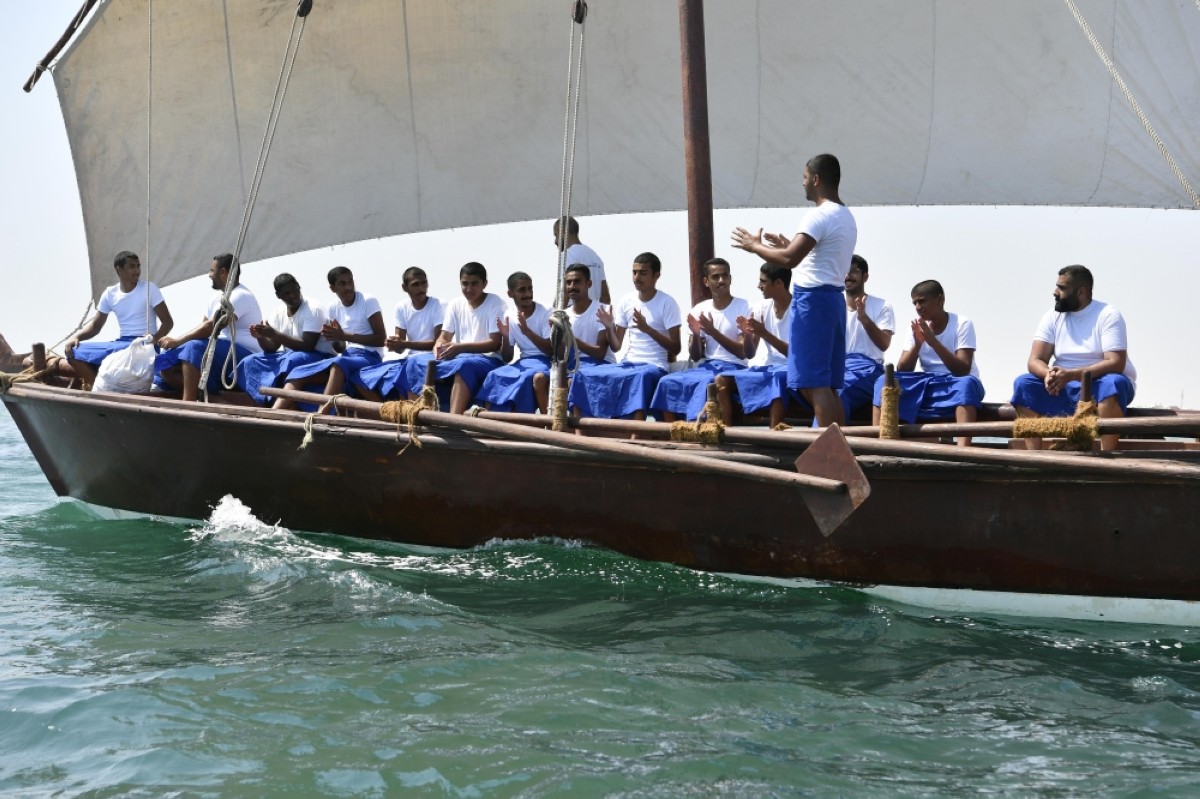KUWAIT: Following their ancestors’ legacy, participants in the 33rd annual pearl diving trip took to the waters on Tuesday, continuing their journey aboard traditional dhows off the coast of Khairan.
The event not only celebrated the age-old practice of pearl diving but serves as a link between generations by uniting different age groups. "This trip is important for us because it revives the past of our fathers and grandfathers and shows how they earned their living in a time before oil discovery,” said Shipmaster Hamed Al-Sayyar, director of the Maritime Heritage Committee at the Kuwait Marine Sports Club.
"We are committed to preserving and passing on this heritage, highlighting the struggles and perseverance of our ancestors to our children,” he added. Starting as a small sailor to eventually leading these trips, Sayyar’s first pearl diving trip was in 1987. "For me personally, this trip is particularly meaningful.
Inspired by my father, Thamer Al-Sayyad, who came up with the idea of the program to commemorate diving heritage.
I am deeply moved by this maritime heritage and constantly seek to explore and understand it more deeply,” he said. He noted that this year’s participants showed their capabilities through the lessons learned and experiences gained at the marine camp.






Although they collected a respectable number of shellfish, their focus was on quality rather than quantity. "We focused on teaching and training the youth rather than just collecting large amounts of pearls,” Sayyar said.
Khaled Abdulhadi, a 20-year-old with six years of experience in pearl diving, told Kuwait Times about how he first became involved in this trip. "Most of my family and cousins are here, and they participate every year.
So, around the age of 14, I decided to try it out myself. I fell in love with this tradition and have continued to come back each year,” Abdulhadi said. Reflecting on how the trip has changed over time, Abdulhadi said, "nowadays, the trip is pretty much different than how it used to be.
Before, it used to go on for months without end. Now, they wake up around 5:30 or 6:00 in the morning, have breakfast, and then prepare the ship before the captain arrives. By 8:00 or 8:30, we start diving and continue until the afternoon.” He highlighted the challenges of this activity. "The most challenging part is finding the pearls themselves.
It requires a lot of patience to open the clams and search for the pearls. I feel a great sense of satisfaction after looking through clam after clam until I finally find one pearl,” he said. All the participants’ final message was encouraging others to join in next year, as they are in need of extra help.
They worked with excitement and unity to collect pearls and will continue their efforts through to Thursday, when the event concludes. Afterward, they will go back to their families, eagerly anticipating next year’s trip.

